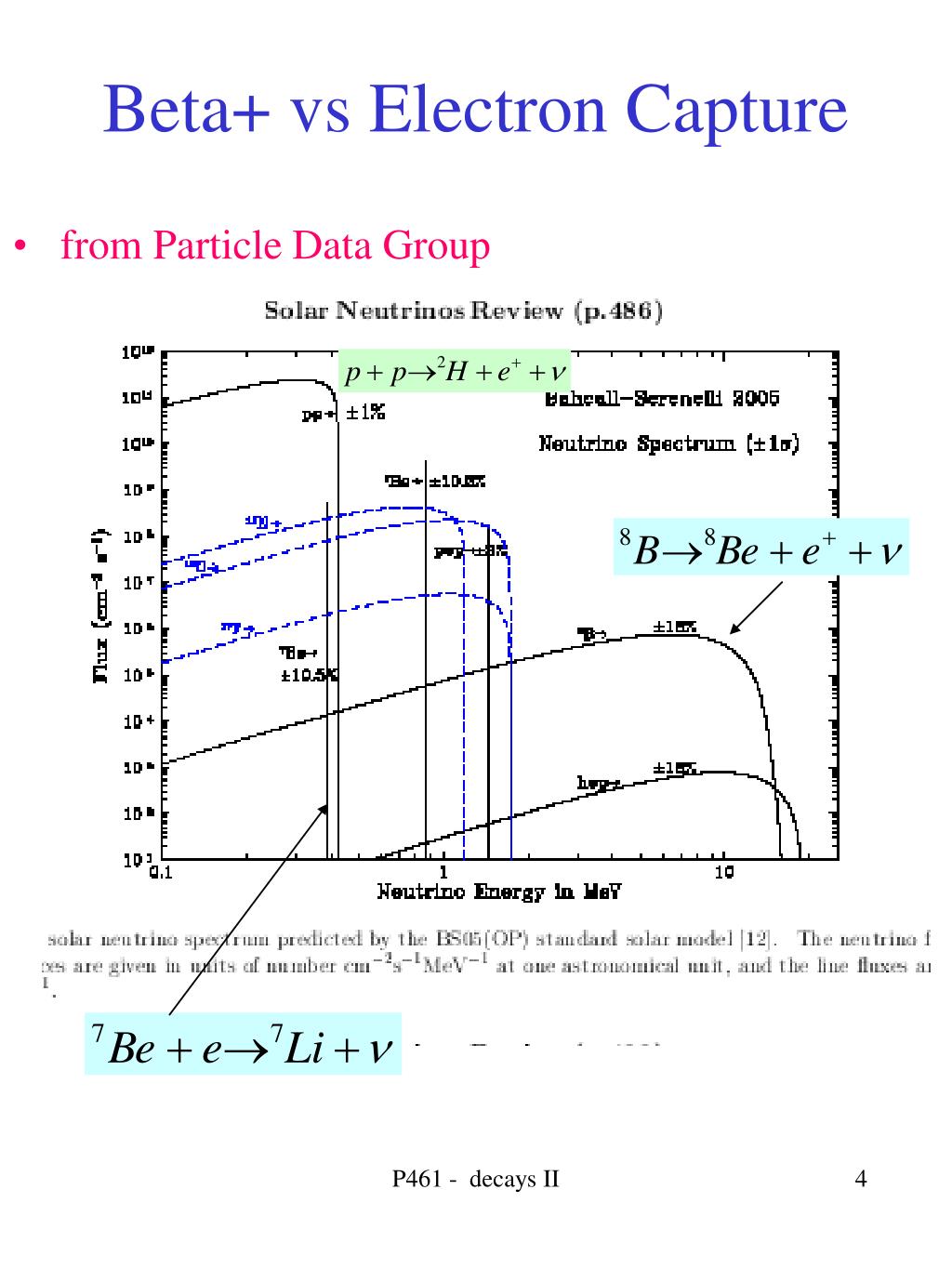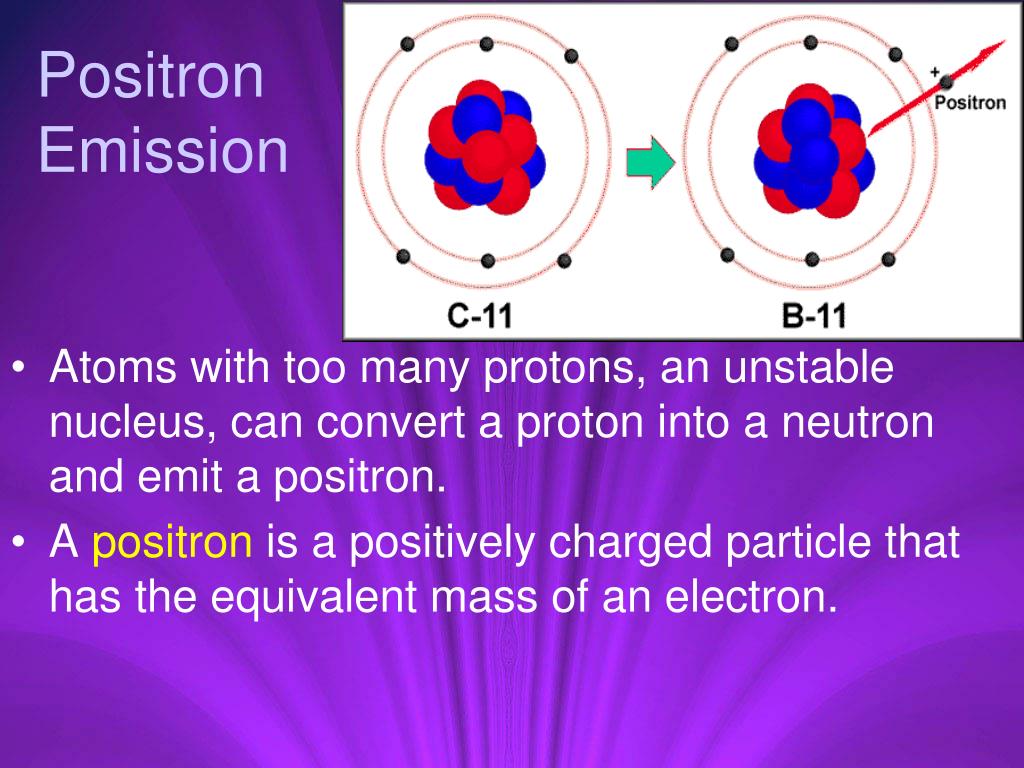

The atom supplied the energy needed to eject the electron, which in turn caused the latter events and the other emissions. The atom thus emits high-energy electrons and X-ray photons, none of which originate in that nucleus.

Since an electron is lost from the atom, a hole appears in an electron aura which is subsequently filled by other electrons that descend to the empty, yet lower energy level, and in the process emit characteristic X-ray(s), Auger electron(s), or both. In IC, the atomic number does not change, and thus there is no transmutation of one element to another.

IC is possible whenever gamma decay is possible, except if the atom is fully ionized. For this reason, the high-speed electrons resulting from internal conversion are not called beta particles, since the latter come from beta decay, where they are newly created in the nuclear decay process. Thus, in internal conversion (often abbreviated IC), a high-energy electron is emitted from the excited atom, but not from the nucleus. This causes the electron to be emitted (ejected) from the atom. Internal conversion is an atomic decay process where an excited nucleus interacts electromagnetically with one of the orbital electrons of an atom.


 0 kommentar(er)
0 kommentar(er)
